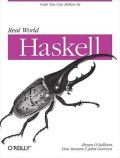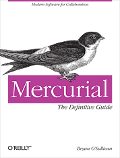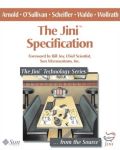I was talking to my coworker Jane today, who mentioned in passing that her car has over 480,000km on the clock. My first response was, “Hey! Just another 110K before you hit its second light second!” Drop the “light,” because it’s assumed, and you can quote your car’s odometer in seconds.
This got me to thinking more deeply, though. Geochronologists use a method called fission-track dating (along with a battery of others) to measure the age of rock samples. When unstable elements (such as U238) decay spontaneously inside rocks, they leave short tracks of damage in the crystals. Since the decay rate for a given element is constant, counting the number of tracks in a rock sample lets you estimate the age of the sample.
However, this can lead to erroneous measurements. Fission tracks anneal out of existence above a certain temperature; damaged crystals reform and effectively turn the fission-track clock back, making a recently-heated sample look much younger than it really is.
An active mountain range like the Sierra Nevada has a large body (“pluton”) of granite underlying it, which is slowly being weathered away. As it is eroded, the underlying pluton comes closer to the surface and its interior cools down. The lower depths of the pluton eventually drop below the annealing temperature, allowing their fission-track clocks to start.
It should be simple to calculate the depth inside the lithosphere at which the fission-track clock corresponds to the age of an old car. You can thus express the car’s age in kilometres. Temperature increases at about 25C per kilometre of depth inside the lithopshere, so to reach the annealing temperature of basalt (580C), you’d have to go down 23km. Since rock erodes rather slowly, a new car, aged 23km, is essentially indistinguishable from an old one, at 23km plus epsilon.
My own car is 23km old and has less than half a second on the odometer.



Leave a Reply